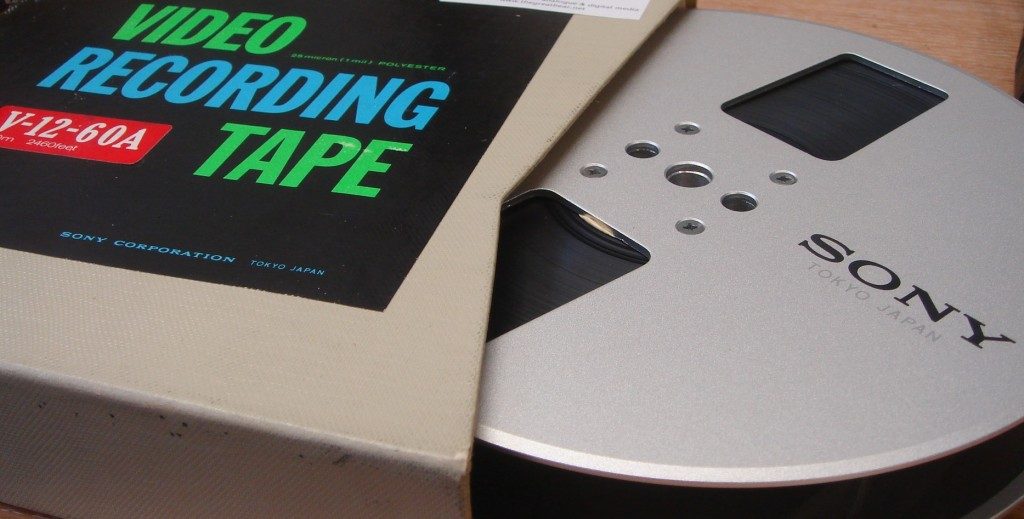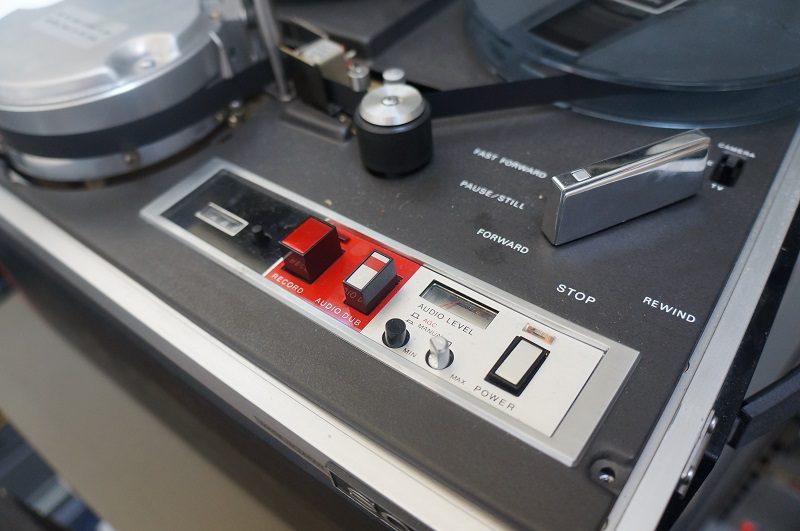
Digital Preservation 2014, the annual meeting of the National Digital Information Infrastructure and Preservation Program and the National Digital Stewardship Alliance is currently taking place in Washington, DC in the US.
The Library of Congress’s digital preservation blog The Signal is a regular reading stop for us, largely because it contains articles and interviews that impressively meld theory and practice, even if it does not exclusively cover issues relating to magnetic tape.
What is particularly interesting, and indeed is a feature of the keynotes for the Digital Preservation 2014 conference, is how the relationship between academic theory—especially relating to aesthetics and art—is an integral part of the conversation of how best to meet the challenge of digital preservation in the US. Keynote addresses from academics like Matthew Kirschenbaum (author of Mechanisms) and Shannon Mattern, sit alongside presentations from large memory institutions and those seeking ways to devise community approaches to digital stewardship.
The relationship between digital preservation and aesthetics is also a key concern of Richard Rhinehart and Jon Ippolito’s new book Re-Collection: Art, New Media and Social Memory, which has just been published by MIT Press.
This book, if at times deploying rather melodramatic language about the ‘extinction!’ and ‘death!’ of digital culture, gently introduces the reader to the wider field of digital preservation and its many challenges. Re-Collection deals mainly with born-digital archives, but many of the ideas are pertinent for thinking about how to manage digitised collections as well.
In particular, the recommendation by the authors that the digital archival object remains variable was particularly striking: ‘the variable media approach encourages creators to define a work in medium- independent terms so that it can be translated into a new medium once its original format is obsolete’ (11). Emphasising the variability of the digital media object as a preservation strategy challenges the established wisdom of museums and other memory institutions, Rhinehart and Ippolito argue. The default position to preserve the art work in its ‘original’ form effectively freezes a once dynamic entity in time and space, potentially rendering the object inoperable because it denies works of art the potential to change when re-performed or re-interpreted. Their message is clear: be variable, adapt or die!
As migrators of tape-based collections, media variability is integral to what we do. Here we tacitly accept the inauthenticity of the digitised archival object, an artefact which has been allowed to change in order to ensure accessibility and cultural survival.
US/ European differences ?
While aesthetic and theoretical thinking is influencing how digital information management is practiced in the US, it seems as if the European approach is almost exclusively framed in economic and computational terms.
Consider, for example, the recent EU press release about the vision to develop Europe’s ‘knowledge economy‘. The plans to map and implement data standards, create cross-border coordination and an open data incubator are, it would seem, far more likely to ensure interoperable and standardised data sharing systems than any of the directives to preserve cultural heritage in the past fifteen years, a time period characterised by markedly unstable approaches, disruptive innovations and a conspicuous lack of standards (see also the E-Ark project).
It may be tempting these days to see the world as one gigantic, increasingly automated archival market, underpinned by the legal imperative to collect all kinds of personal data (see the recent ‘drip’ laws that were recently rushed through the UK parliament). Yet it is also important to remember the varied professional, social and cultural contexts in which data is produced and managed.
One session at DigiPres, for example, will explore the different archival needs of the cultural heritage sector:
‘Digital cultural heritage is dependent on some of the same systems, standards and tools used by the entire digital preservation community. Practitioners in the humanities, arts, and information and social sciences, however, are increasingly beginning to question common assumptions, wondering how the development of cultural heritage-specific standards and best practices would differ from those used in conjunction with other disciplines […] Most would agree that preserving the bits alone is not enough, and that a concerted, continual effort is necessary to steward these materials over the long term.’
Of course approaches to digital preservation and data management in the US are largely overdetermined by economic directives, and European policies do still speak to the needs of cultural heritage institutions and other public organisations.
What is interesting, however, is the minimal transnational cross pollination at events such as DigiPres, despite the globally networked condition we all share. This suggests there are subtle divergences between approaches to digital information management now, and how it will be managed in coming years across these (very large) geopolitical locations. Aesthetics or no aesthetics, the market remains imperative. Despite the turn toward open archives and re-usable data, competition is at the heart of the system and is likely to win out above all else.


